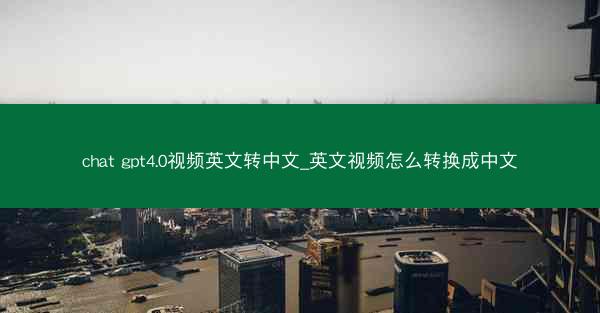
Unlock the Power of Language: How to Translate English Videos into Chinese with ChatGPT 4.0
In the digital age, the ability to communicate across languages is more crucial than ever. Whether you're a global business looking to expand into new markets or an individual eager to learn a new language, the challenge of language barriers can be daunting. Enter ChatGPT 4.0, the latest marvel in artificial intelligence that can not only translate text but also convert English videos into Chinese. This article will guide you through the process, offering insights into how this powerful tool can revolutionize the way we consume and share content globally.
---
Understanding the Basics of Video Translation with ChatGPT 4.0
The journey to translating English videos into Chinese begins with understanding the capabilities of ChatGPT 4.0. This advanced AI model is designed to interpret and convert spoken language, making it an ideal tool for video translation. Here's a closer look at the basics:
1. How ChatGPT 4.0 Works: At its core, ChatGPT 4.0 uses deep learning algorithms to analyze and understand the nuances of language. This allows it to translate spoken English into Chinese with remarkable accuracy.
2. The Translation Process: The process involves several steps, including audio recognition, language translation, and text-to-speech conversion. Each step is crucial for ensuring a seamless and accurate translation.
3. Accuracy and Reliability: While ChatGPT 4.0 is a powerful tool, it's important to note that no AI system is perfect. The accuracy of the translation can vary depending on the complexity of the video content and the quality of the audio.
---
Step-by-Step Guide to Translating English Videos into Chinese
Now that you understand the basics, let's dive into a step-by-step guide to using ChatGPT 4.0 for video translation:
1. Selecting the Right Video: Choose a video that you want to translate. It's important to select a video with clear audio and good video quality for the best results.
2. Uploading the Video: Upload the video to a platform that supports video-to-text conversion. Some platforms may offer direct integration with ChatGPT 4.0.
3. Converting Audio to Text: Use the platform's audio-to-text feature to convert the spoken English into text.
4. Translating the Text: Once you have the text, use ChatGPT 4.0 to translate it into Chinese. The AI will analyze the text and provide a translated version.
5. Reviewing and Editing: After the translation is complete, review the text for accuracy and make any necessary edits.
6. Creating the Chinese Subtitles: Use the translated text to create Chinese subtitles for your video.
---
Benefits of Using ChatGPT 4.0 for Video Translation
Using ChatGPT 4.0 for video translation offers several benefits:
1. Cost-Effectiveness: Traditional translation services can be expensive, especially for large-scale projects. ChatGPT 4.0 offers a cost-effective solution for translating videos.
2. Speed: The AI-driven translation process is much faster than manual translation, allowing you to quickly translate and share your content.
3. Accuracy: While no AI system is perfect, ChatGPT 4.0 offers a high level of accuracy, ensuring that your translated content is as close to the original as possible.
---
Challenges and Limitations of Video Translation with AI
Despite its many advantages, video translation with AI comes with its own set of challenges:
1. Language Complexity: Some languages are more complex than others, making accurate translation more difficult.
2. Cultural Nuances: AI may struggle to capture the cultural nuances and idioms that are essential for accurate translation.
3. Technical Limitations: The quality of the translation can be affected by the quality of the original video and audio.
---
Future Prospects of AI-Driven Video Translation
The future of AI-driven video translation looks promising. As technology advances, we can expect to see even more sophisticated AI models that can handle a wider range of languages and cultural nuances. Here are some potential developments:
1. Improved Accuracy: With ongoing research and development, AI models will likely become more accurate, reducing the need for manual editing.
2. Increased Language Support: The number of languages supported by AI-driven translation tools will likely expand, making content more accessible to a global audience.
3. Integration with Other Technologies: AI-driven video translation may be integrated with other technologies, such as machine learning and natural language processing, to create even more advanced translation solutions.


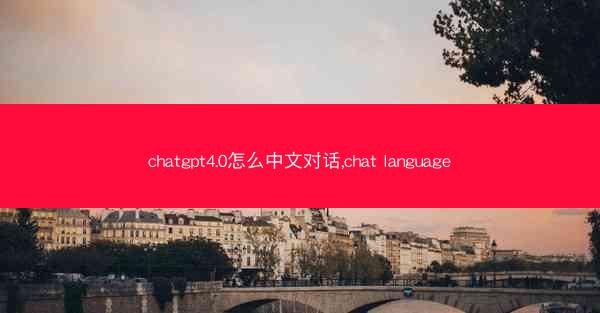

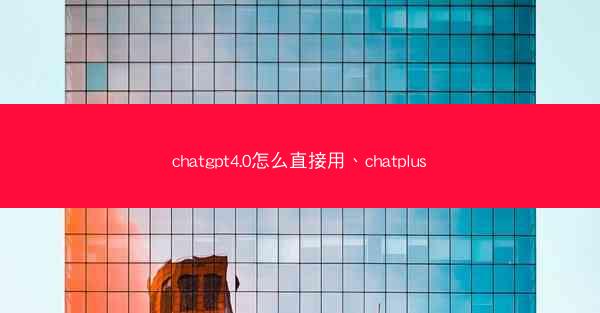



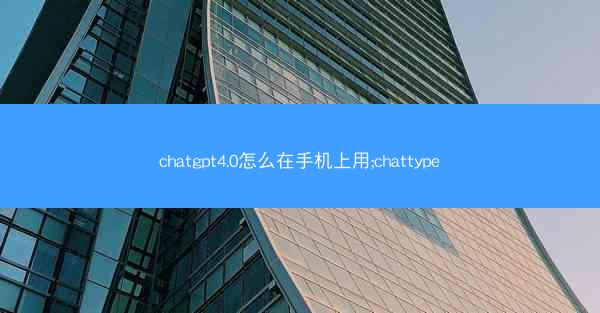
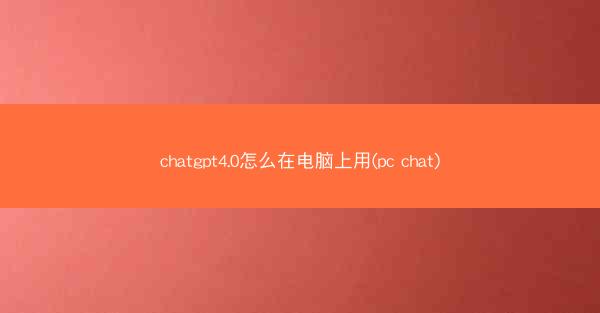
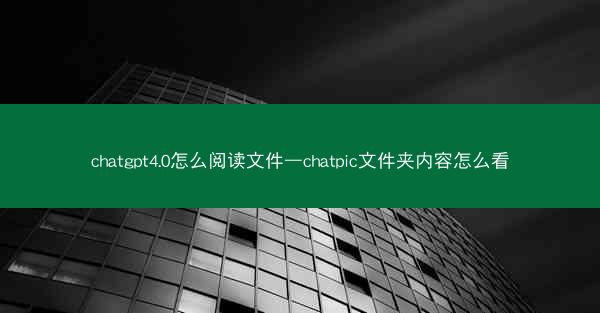


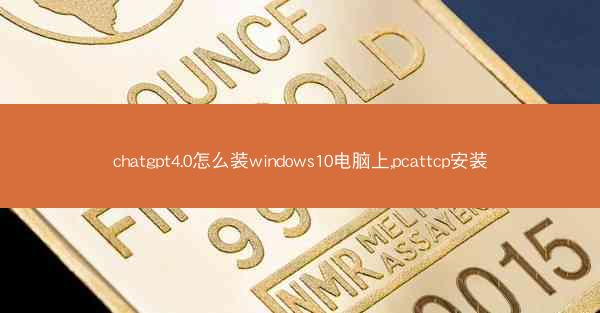 chatgpt4.0怎么装windows10电脑上,pcattcp安装
chatgpt4.0怎么装windows10电脑上,pcattcp安装 chatgpt4.0怎么装iphone、安装chattr
chatgpt4.0怎么装iphone、安装chattr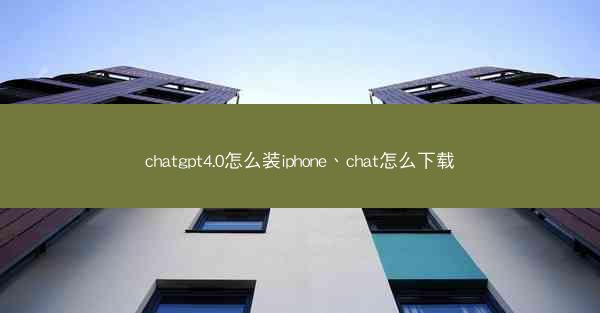 chatgpt4.0怎么装iphone、chat怎么下载
chatgpt4.0怎么装iphone、chat怎么下载 chatgpt4.0怎么装iphone(安装chattr)
chatgpt4.0怎么装iphone(安装chattr) chatgpt4.0怎么装、cheto怎么安装
chatgpt4.0怎么装、cheto怎么安装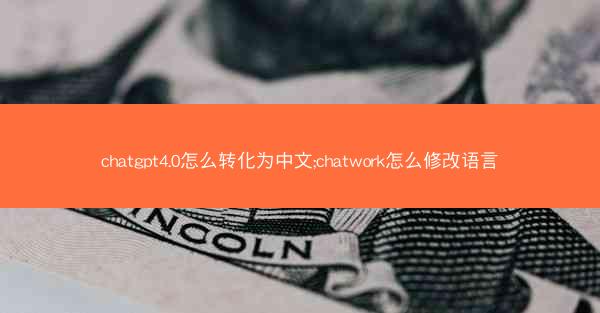 chatgpt4.0怎么转化为中文;chatwork怎么修改语言
chatgpt4.0怎么转化为中文;chatwork怎么修改语言 chatgpt4.0怎么中文语音;cheat中文
chatgpt4.0怎么中文语音;cheat中文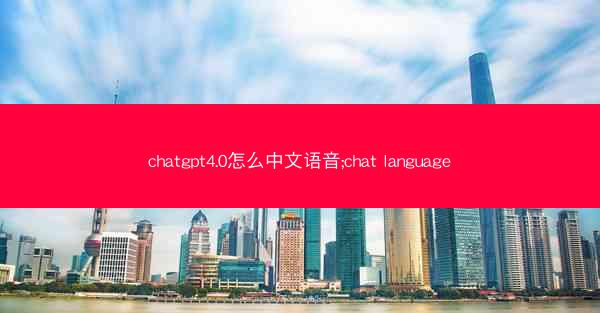 chatgpt4.0怎么中文语音;chat language
chatgpt4.0怎么中文语音;chat language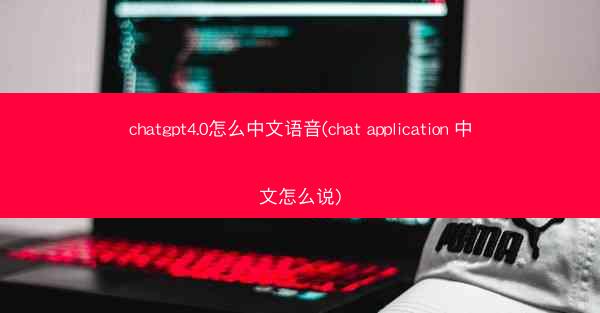 chatgpt4.0怎么中文语音(chat application 中文怎么说)
chatgpt4.0怎么中文语音(chat application 中文怎么说) chatgpt4.0怎么中文对话-chat怎么样
chatgpt4.0怎么中文对话-chat怎么样